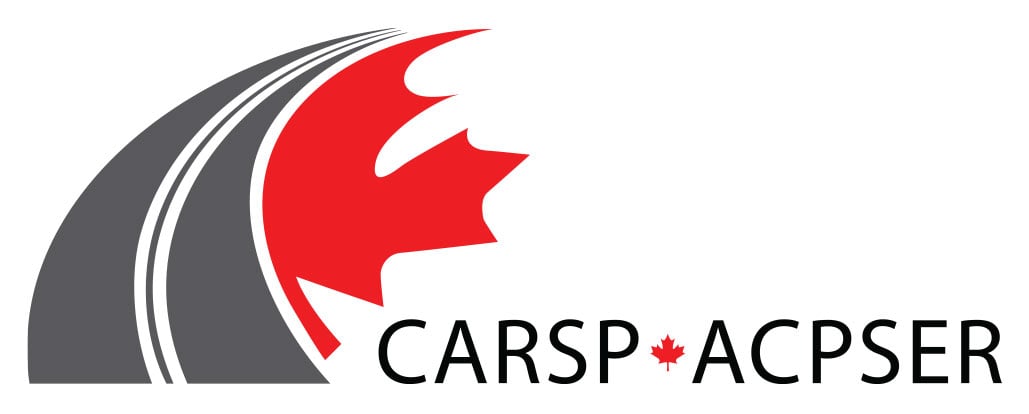A Strategic Approach to Distracted Driving
Author(s): Mark Milner
Slidedeck Presentation Only (no paper submitted):
Abstract:
CONTEXT
As with most other jurisdictions, British Columbia has identified distracted driving as one of its leading road safety issues. Since 2009, distracted driving has been the second leading contributing factor in road fatalities, and the leading contributing factor in police-reported injury crashes. Upward pressure on Bodily Injury claims costs in British Columbia since 2009 has coincided with the increasing ownership of smartphones and an increasing trend in rear-end collisions resulting in injury. In response to this, the Insurance Corporation of British Columbia (ICBC) has developed a three pillar strategy to address the increasing problem of distracted driving, comprising strong legislation (the role of government), enhanced enforcement (police) and robust public education (ICBC).
OBJECTIVES
ICBC’s strategy seeks to influence not only driver attitudes toward the risks associated with distracted driving, but also drivers’ perceptions of social norms regarding the use of personal electronic devices while operating a vehicle, and ultimately a decrease in casualty crash rates associated with distracted driving. Baseline measures are being established in 2014, and progress will be monitored and evaluated over the next three years.
TARGET GROUP
The strategy targets a number of groups. The primary target group is drivers from 26 to 55 years of age.
Secondary audiesnces include school-aged youth who have not begun to drive; young drivers in the Graduated Licensing Program (GLP); and young drivers who have left the GLP.
ACTIVITY(IES)
In addition to paid advertising and ICBC’s traditional support for enhanced enforcement campaigns, the public education pillar of ICBC’s strategy includes:
• Development of a coordinated communications plan comprising earned media, social media, paid media and all other public communications about distracted driving.
• Increased partnership, formal and informal, with interested stakeholders in the public, non-profit and private sectors.
• Development of a distracted driving toolkit, to help organizations and individuals create their own programs to combat distracted driving.
• Support for community volunteer-operated ‘Cell Watch’ groups, who conduct observational exercises with signage reminding drivers to leave their phones alone. In some cases, these deployments are coordinated with enforcement. In some others, vehicle owners receive warning letters from police noting that their vehicle had been observed as operated by a distracted driver.
• Community demonstrations using a driving simulator and distracted walking courses to demonstrate the effect of electronic device use on our ability to navigate and respond to hazards, whether on foot or in a vehicle.
• Promoting a ‘leave your phone alone’ window decal for drivers to use as peer to peer communication.
• Increased attention to distracted driving in driver training manuals, written tests and road tests, as well as in the curriculum materials ICBC provides to schools.
DELIVERABLES
To date, ICBC has developed a problem definition to estimate the scope of the distracted driving issue in British Columbia, a literature review, a stakeholder plan and is in the process of developing a monitoring and evaluation plan, which will include a dashboard of monitoring indicators from trends in crash and violation ticket data to survey results.
